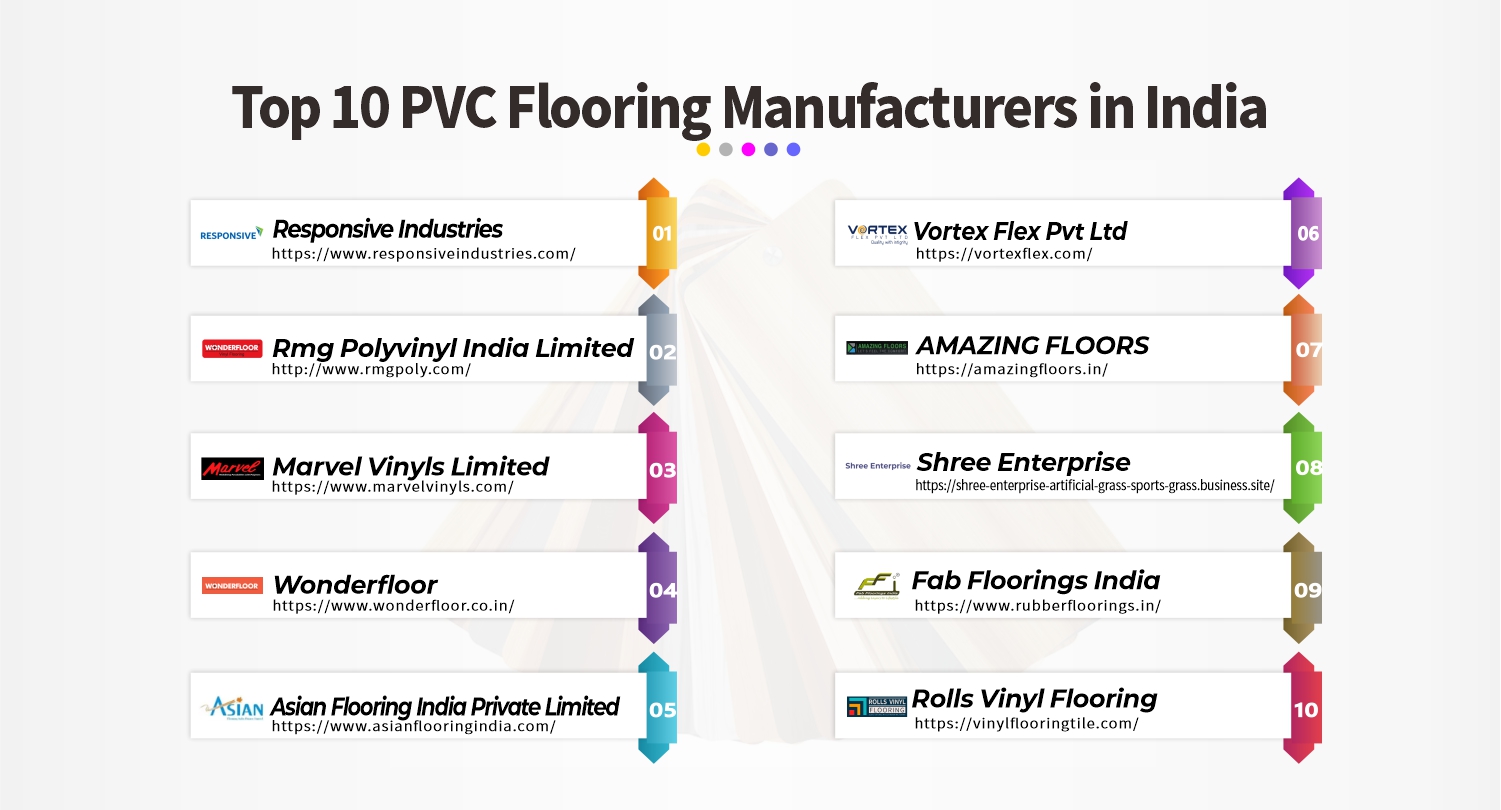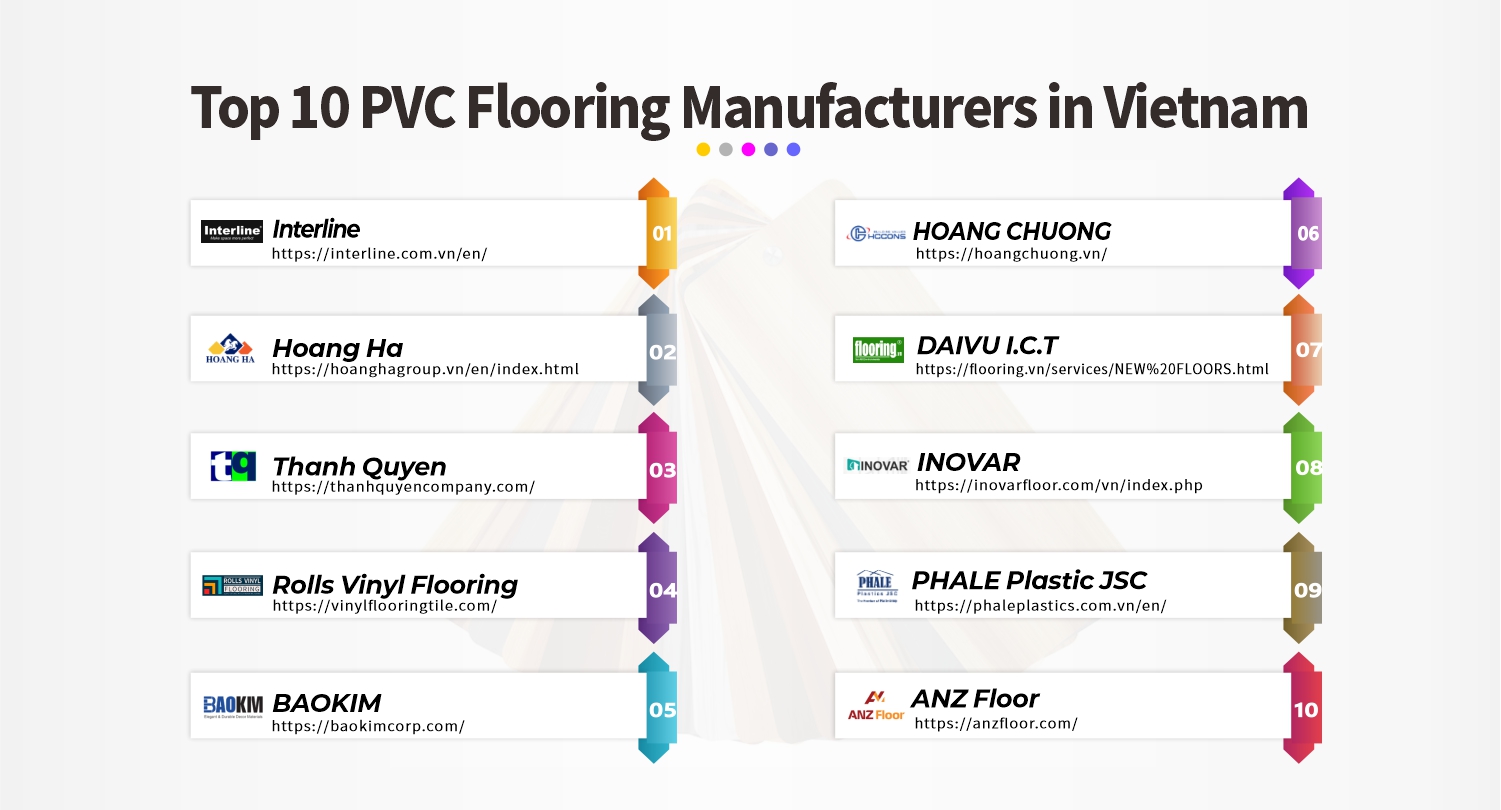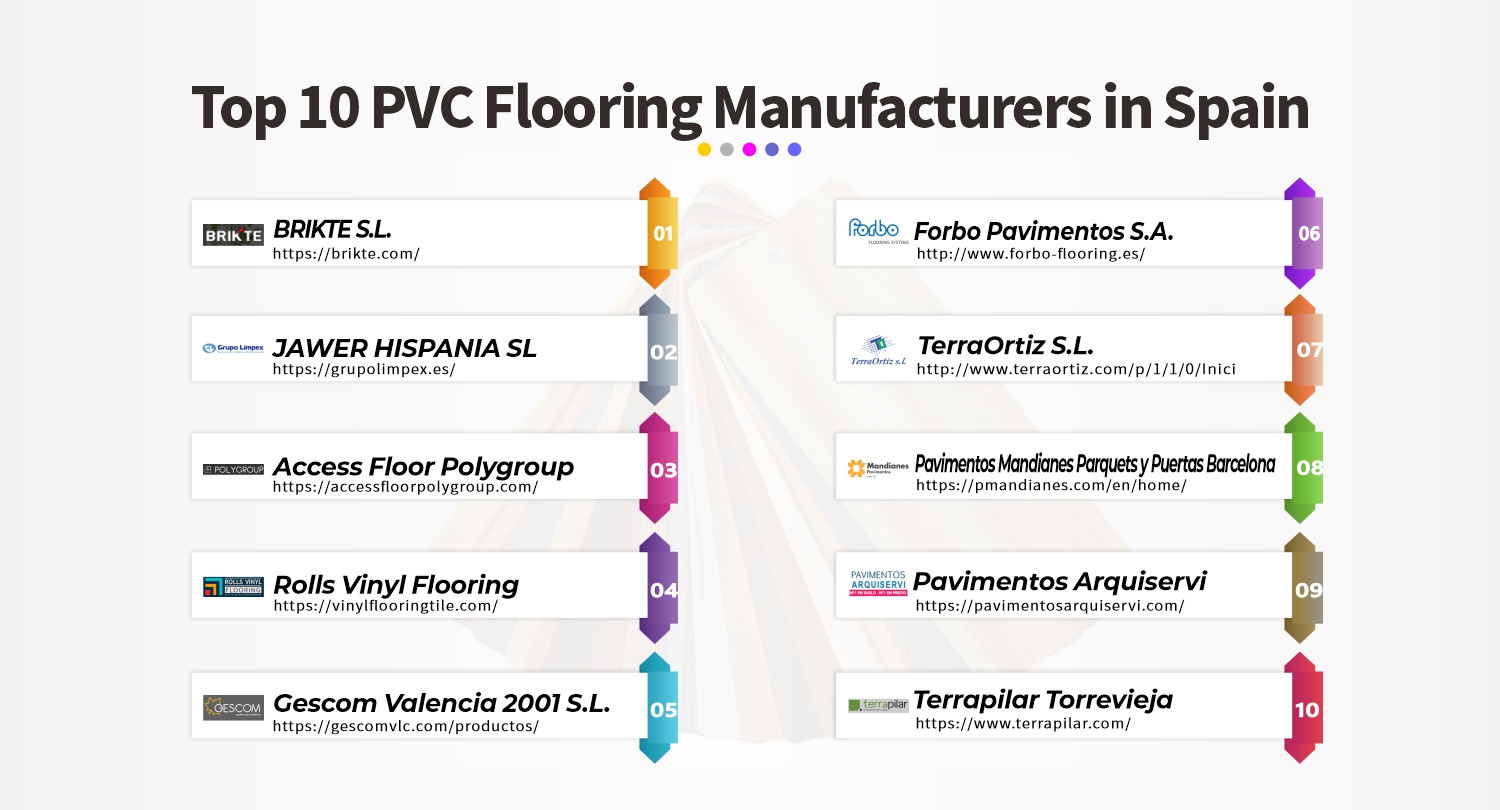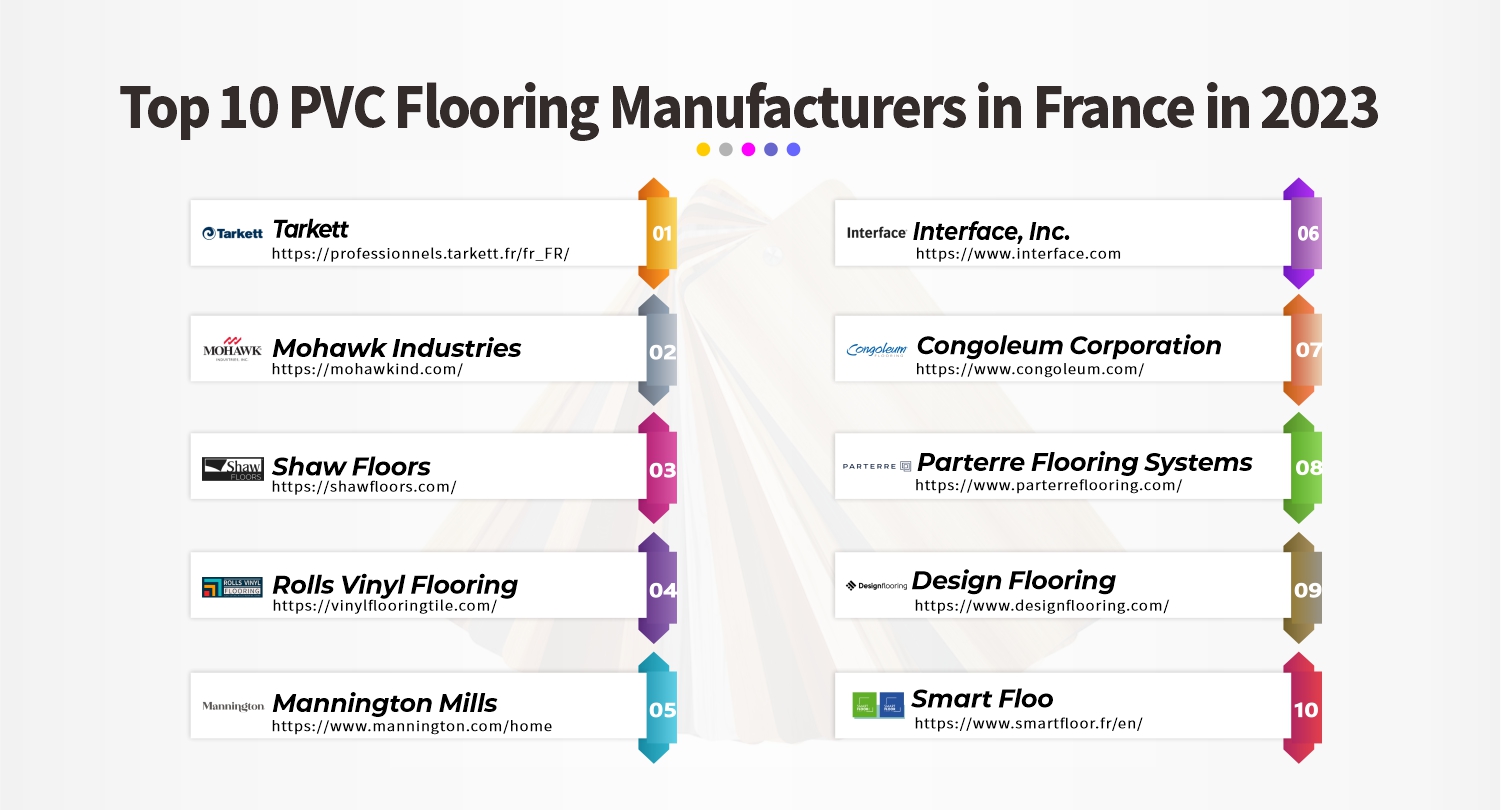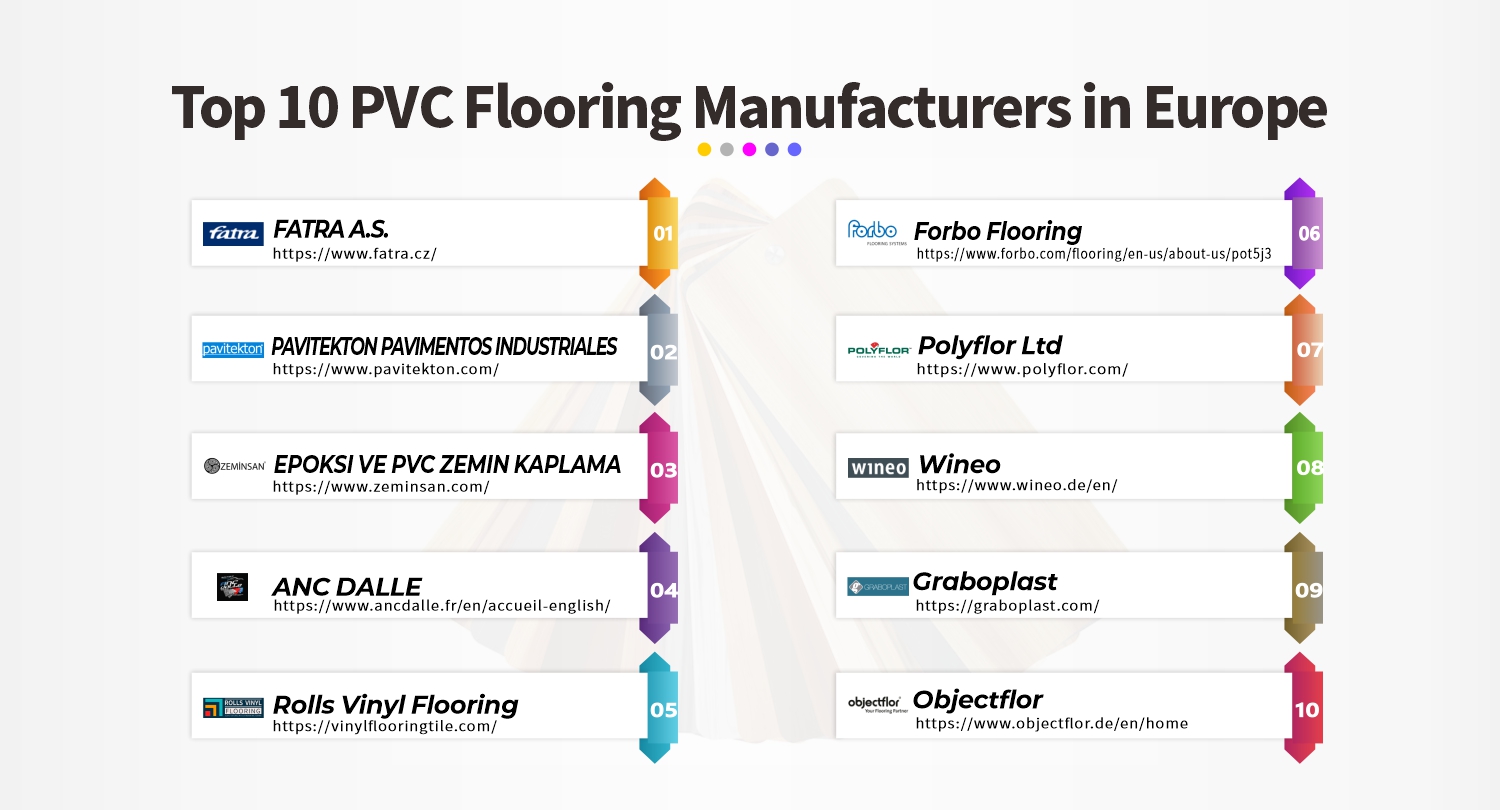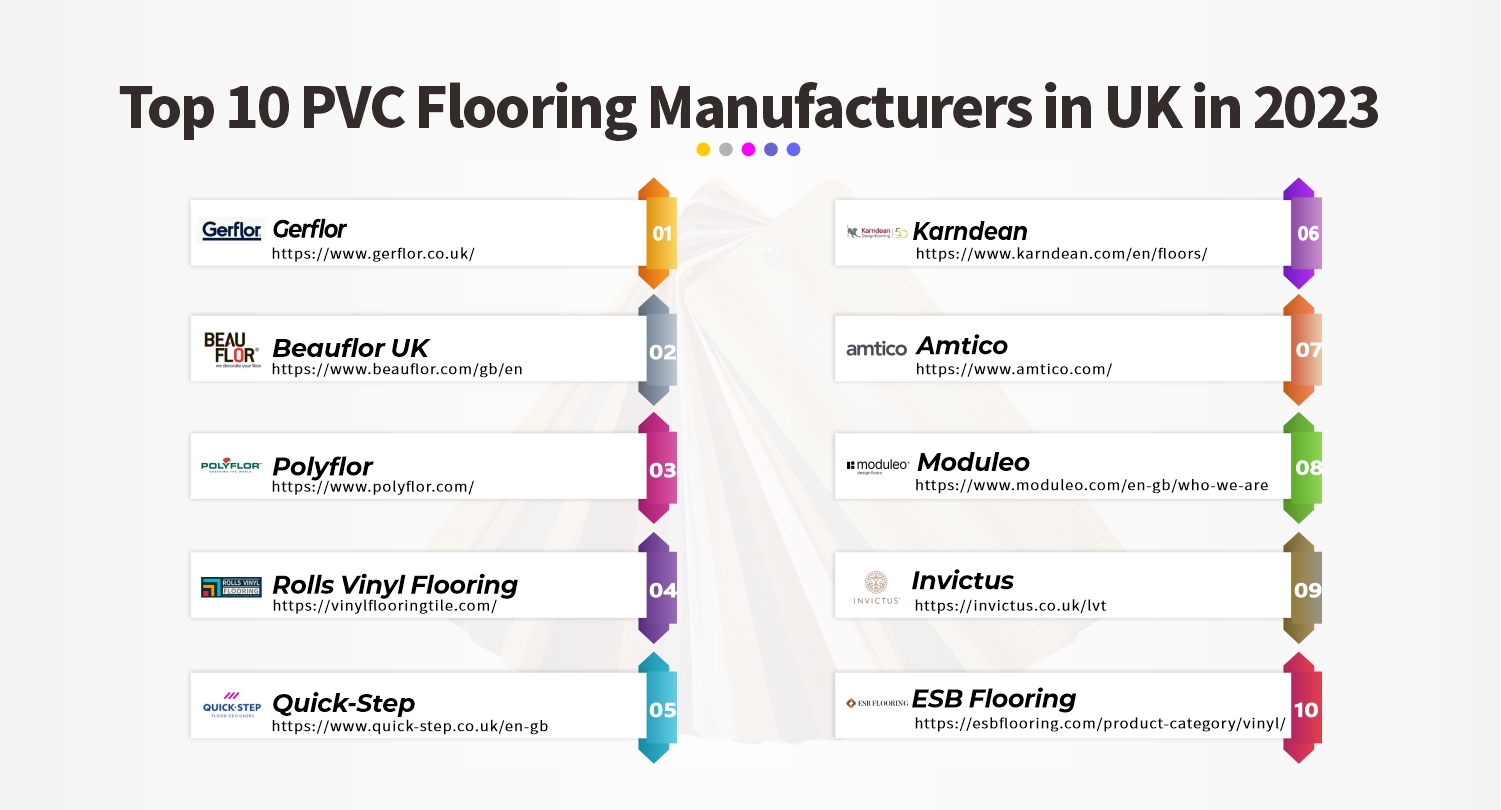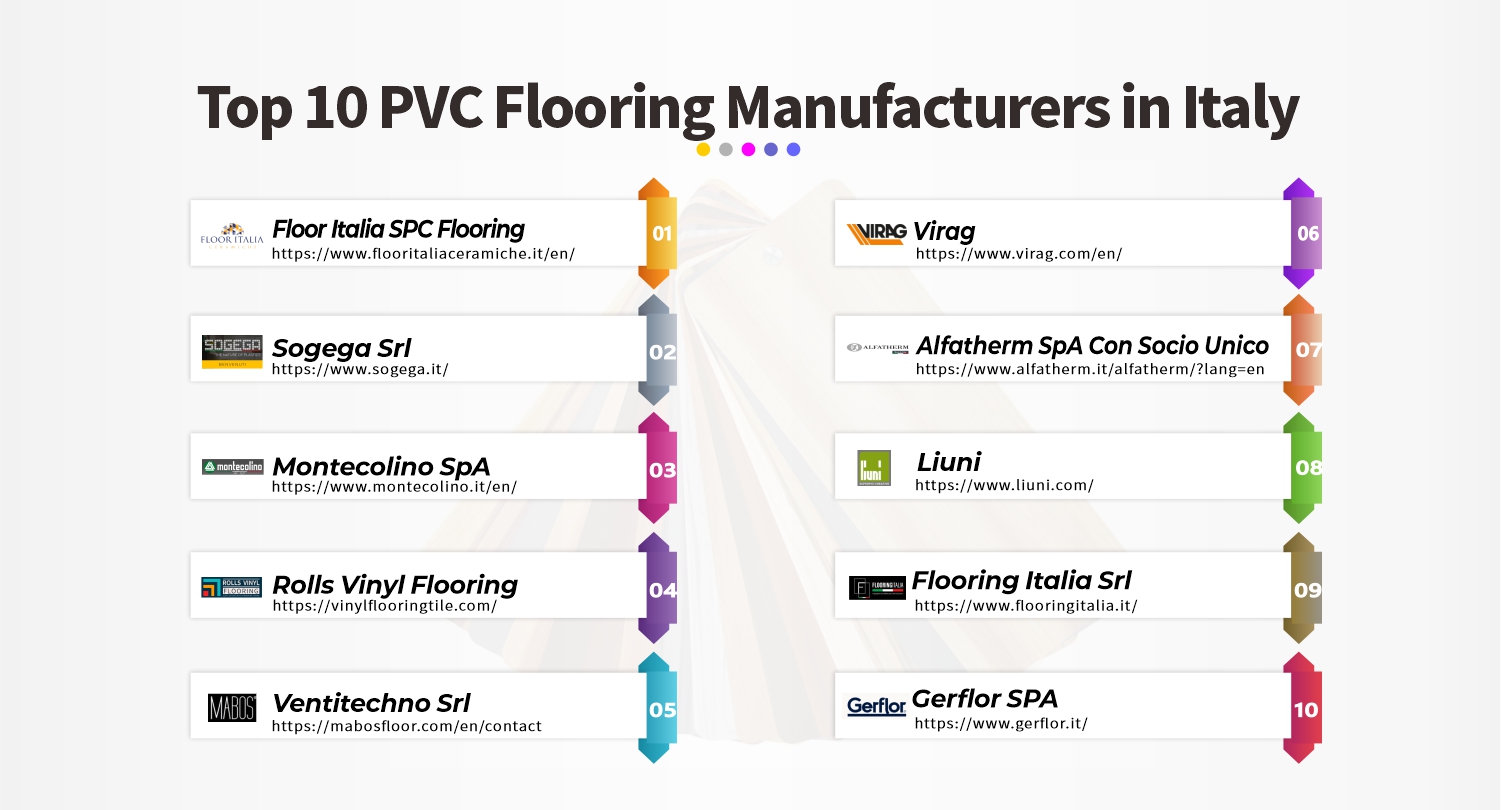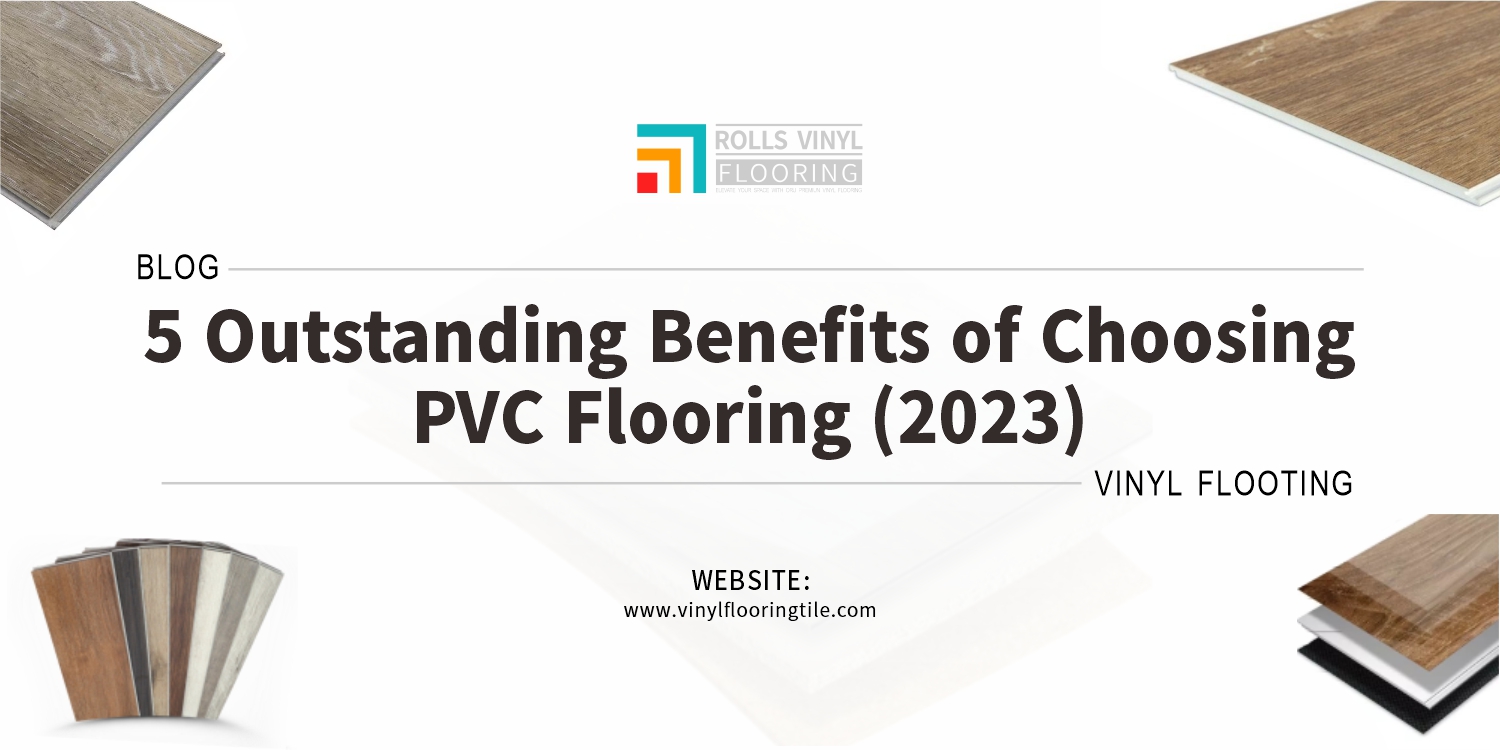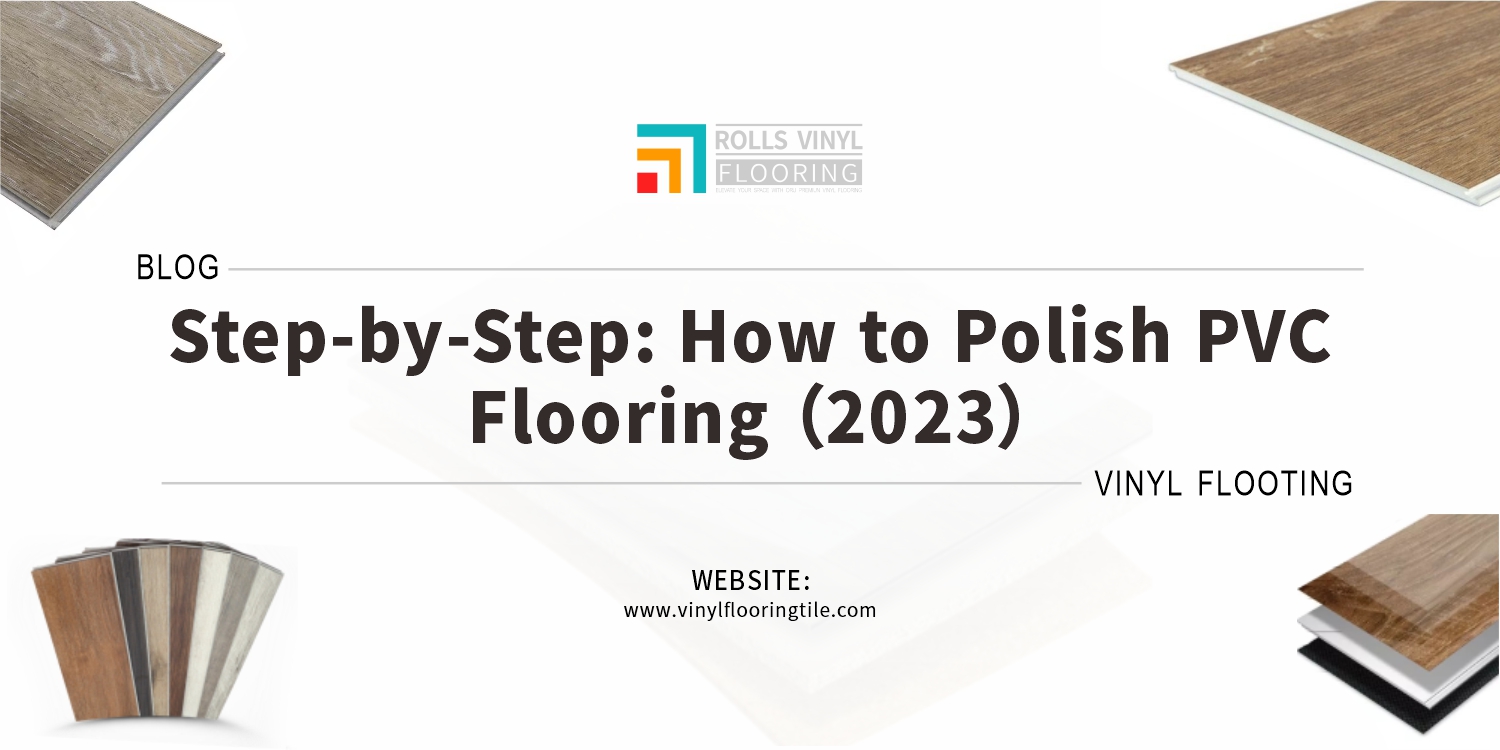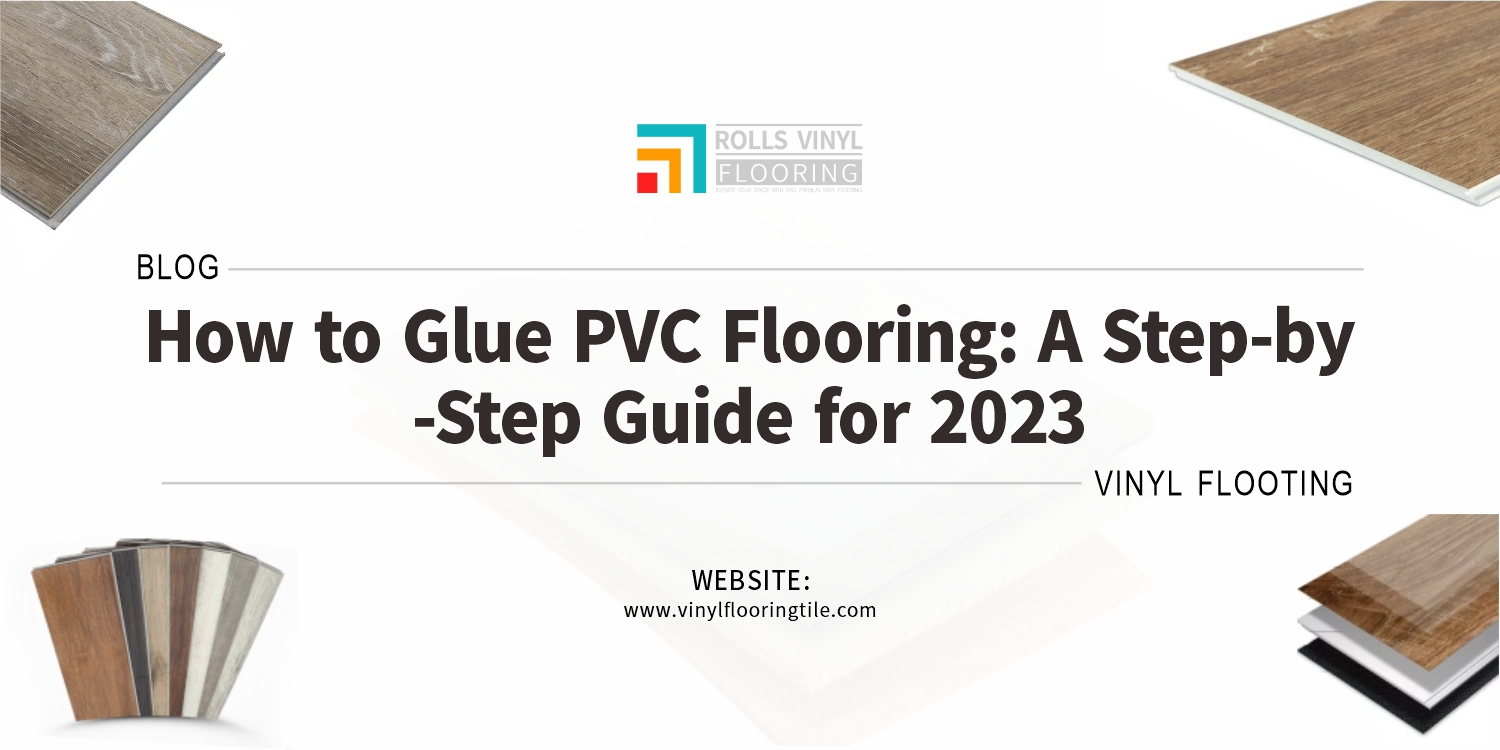Looking for the perfect choice for your office flooring? Look no further than LVT flooring! With its durability, low maintenance, and stylish appearance, LVT flooring is the ideal choice for any office space.
LVT flooring has high durability, is easy to clean and maintain, and is available in a variety of colors and designs to match any office decor. It’s also slip-resistant and provides sound insulation, making it comfortable and quiet for workers. It is also cost-effective and long-lasting.
Durable, low maintenance, and stylish, LVT flooring is the perfect choice for any modern workspace. Discover the benefits of LVT flooring and transform your office today.

1.Benefits of LVT flooring for office spaces
LVT (Luxury Vinyl Tile) flooring has become a popular choice for office spaces due to its numerous benefits. Here are some benefits of LVT flooring for office spaces:
Durability: LVT flooring is made from multiple layers of vinyl, which makes it extremely durable and resistant to wear and tear. It can withstand heavy foot traffic and is scratch-resistant, making it an ideal choice for high-traffic areas such as office corridors and entranceways.
Low maintenance: LVT flooring is easy to clean and maintain, requiring only regular sweeping or vacuuming and occasional mopping with a damp mop. It is also stain-resistant, which makes it easy to clean up spills and stains.
Cost-effective: LVT flooring is generally more affordable than other flooring options such as hardwood or ceramic tile. It is also easy to install, which can help reduce installation costs.
Aesthetically pleasing: LVT flooring comes in a wide range of colors, patterns, and designs that can mimic the look of natural materials such as wood or stone. This can help create a stylish and modern look for any office space.
Comfortable underfoot: LVT flooring is softer underfoot than many other hard flooring options, which can help reduce fatigue for employees who spend a lot of time standing or walking.
2.Factors to consider when choosing office flooring
A.Durability
When choosing office flooring, durability is an important factor to consider because of the following reasons:
Heavy foot traffic: Offices usually have a lot of foot traffic, and the flooring must be able to withstand constant wear and tear. A durable flooring material can withstand pressure and maintain its appearance over time.
Cost savings: A durable flooring material may have a higher initial cost, but it can be a cost-effective investment in the long run. Replacing flooring frequently can be expensive, and a durable material can last longer, reducing the need for frequent replacement.
B.Maintenance
When choosing office flooring, maintenance is an important factor to consider because of the following reasons:
- Regular maintenance can help prolong the life of the flooring, reducing the need for frequent replacements and saving costs in the long run.
- Clean and well-maintained flooring can help maintain a hygienic work environment. Flooring that is difficult to clean or prone to staining can harbor bacteria and allergens, which can impact the health of employees.
- A well-maintained flooring can contribute to the overall aesthetics of the office space. Dirty or stained flooring can give the impression of neglect and affect the overall perception of the business.
- Regular maintenance can help identify and fix any damages or defects in the flooring, reducing the risk of accidents and keeping employees safe.
- A flooring that requires minimal maintenance can save time and effort, which can lead to increased productivity.
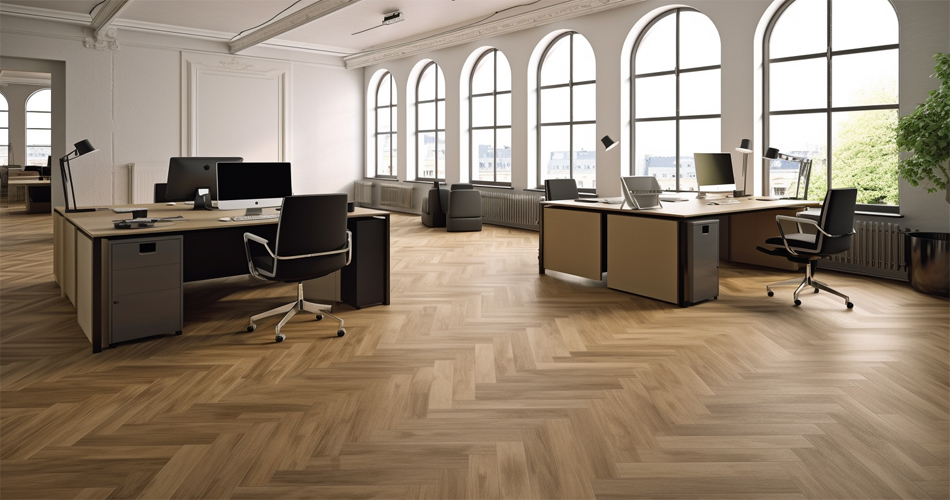
C.Style and design
When choosing office flooring, the style and design are important factors to consider because of the following reasons:
- The flooring can contribute significantly to the overall appearance of the office space. A visually appealing and well-designed flooring can create a positive impression on clients and visitors, boosting the company’s image and brand identity.
- The flooring design can also impact the mood and productivity of employees. Visually attractive and comfortable flooring can create a pleasant working environment, leading to improved employee satisfaction and morale.
- Staying up-to-date with the latest flooring trends in the industry can help businesses stay competitive and relevant in the market.
- The flooring design must also be flexible enough to accommodate future changes in the office space, such as new furniture, equipment, or layout changes.
D.Noise reduction
When choosing office flooring, noise reduction is an important factor to consider because of the following reasons:
- Noise reduction flooring can create a more peaceful and comfortable work environment, promoting employee well-being and productivity.
- Certain types of office spaces, such as conference rooms or call centers, may require specific acoustical properties to reduce sound transmission and improve speech intelligibility. Noise-reduction flooring can help absorb sound and improve speech clarity in these areas.
- Certain workplaces may be subject to legal requirements related to noise levels, and noise reduction flooring can help meet these requirements.
- Noise reduction flooring can help maintain privacy and confidentiality, contributing to positive client experiences.
E.Safety
The safety of employees should be the top priority of any workplace. The flooring material should provide adequate slip resistance to prevent accidents, especially in areas where spills or wet surfaces are common. Workplace accidents can lead to employee injuries and absences, affecting productivity. Safe flooring material can reduce the risk of accidents, creating a safer and more productive work environment.
3.Advantages of LVT flooring for office spaces
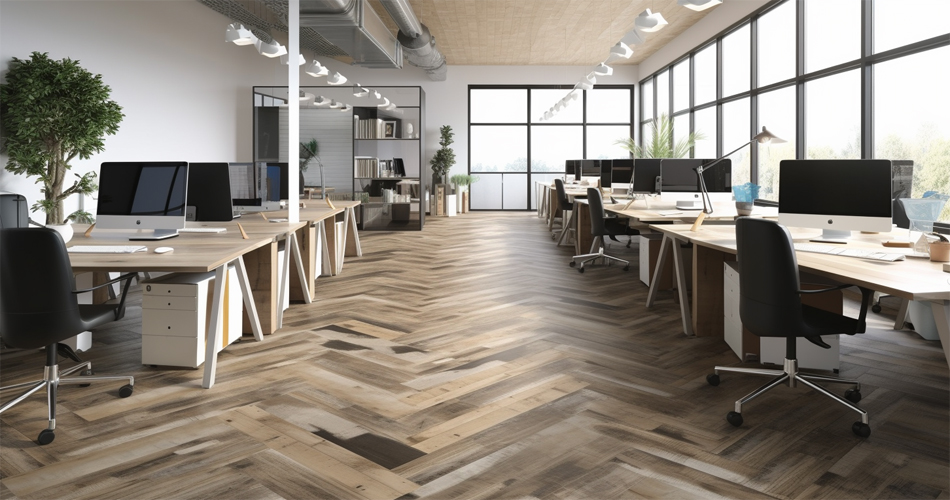
A.Durability and longevity
LVT flooring is highly resistant to scratches, dents, and wear and tear. It has a wear layer that can protect it from damage caused by high foot traffic, furniture, and heavy equipment. This wear layer also prevents staining, making it easy to clean and maintain.
LVT flooring is waterproof, making it ideal for office spaces that are prone to spills or high humidity levels. It will not warp, buckle or distort when exposed to moisture, ensuring that it lasts longer than other flooring options.LVT flooring is built to last. It can withstand heavy use and retain its appearance for years, even in high-traffic areas. With proper maintenance, LVT flooring can last for over 20 years.
B.Low maintenance requirements
While LVT flooring may have a higher upfront cost than other flooring options, its long-term durability and low maintenance costs make it a cost-effective choice for any office space. It requires minimal upkeep and can save businesses money on repairs and replacements in the long run.
C.Versatility in design and style options
LVT flooring comes in a wide range of designs, colors, and textures, allowing businesses to choose a style that fits their brand and office decor. It can also be easily replaced or updated to match changing trends or office renovations.
D.Noise reduction capabilities
LVT flooring has a dense construction that helps absorb sound, making it a great option for reducing noise in office spaces. It can help minimize the sound of footsteps, office equipment, and other workplace noise, creating a quieter and more comfortable work environment.
E.Slip-resistance and safety features
LVT flooring has a slip-resistant surface that provides traction, even when wet. This helps prevent slips, trips, and falls, making it a safe choice for office spaces. LVT flooring is easy to clean and maintain, ensuring that it remains slip-resistant over time. Its smooth surface makes it difficult for dirt and debris to accumulate, and spills can be quickly wiped away, minimizing the risk of accidents.
4.Installation of LVT flooring in an office space
A.Preparing the subfloor
Before installing LVT flooring, inspect the subfloor to ensure it is clean, dry, and free from debris. If the subfloor is damaged, repair it before installing LVT flooring.
- Remove any dust, dirt, or debris from the subfloor using a broom or vacuum. For stubborn dirt or adhesive residue, use a scraper or chemical solvent to remove it.
- Ensure that the subfloor is level, flat, and free of any bumps or low spots. Use a leveling compound or self-leveling underlayment if necessary to achieve a level surface.
- Test the subfloor for moisture using a moisture meter. If the moisture level is too high, wait until the subfloor dries or use a moisture barrier to prevent moisture from penetrating the LVT flooring.
- Depending on the type of subfloor, it may be necessary to install an underlayment to provide a smooth, stable base for the LVT flooring. For concrete subfloors, an underlayment can help reduce the risk of cracking or shifting.
B.Measuring and cutting the LVT planks/tiles
Measure the length and width of the room to determine the total square footage needed for the LVT flooring. Add an extra 5-10% for waste and cutting.
Determine the layout of the LVT planks or tiles, taking into account any obstructions or irregularities in the room.
Using a utility knife or a vinyl cutter, cut the first plank or tile to fit against the wall or obstacle.
C.Laying the LVT flooring
Lay out the LVT planks or tiles, making sure that they fit together tightly with no gaps or overlaps. Use spacers between the planks or tiles and the wall to ensure even spacing and allow for expansion.
D.Applying adhesive or using a click-lock installation method
Starting from one corner of the room, spread a thin layer of adhesive using a notched trowel. Only apply adhesive to a small area at a time, usually no more than a few rows. Lock the planks or tiles together by gently tapping the short end of the plank or tile with a tapping block and a mallet until they click into place.
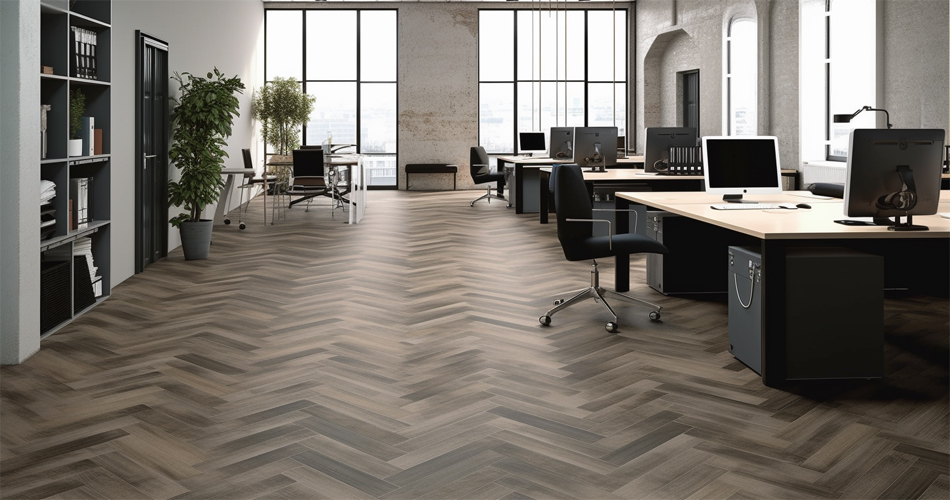
5.Maintaining LVT flooring in an office space
A.Regular cleaning and maintenance
- Sweep or vacuum the floor to remove any loose dirt and debris.
- Use a damp mop with a pH-neutral cleaner to clean the floor. Avoid using harsh chemicals or abrasive cleaners that can damage the surface of the LVT flooring.
- Wipe up any spills or stains immediately with a clean, damp cloth.
- Place doormats at entryways to trap dirt and moisture from shoes.
- Schedule regular deep cleaning of the LVT flooring with a professional cleaning service.
B.Preventing damage and wear
- Use furniture protectors on the legs of chairs, tables, and other furniture to prevent scratches and dents.
- Avoid dragging heavy equipment or furniture across the floor.
C.Repairing and replacing damaged LVT flooring
If the damage is limited to a small area, you may be able to replace just the affected tiles or planks. Use a putty knife to pry up the damaged piece, being careful not to damage surrounding tiles or planks.
If the damage is more extensive, you may need to replace a larger section of the LVT flooring. In this case, it’s best to consult with a professional installer to ensure proper installation and prevent further damage to the flooring.
6.Additional considerations for office flooring
A.Meeting ADA requirements
Meeting ADA (Americans with Disabilities Act) requirements for office flooring is important for ensuring that the space is accessible and safe for everyone, including individuals with disabilities. The ADA is a federal law that sets standards for accessibility in public spaces, including offices.
B.Choosing eco-friendly options
Eco-friendly flooring options are made from sustainable materials and production methods, which reduces the impact on the environment. This includes options made from recycled materials, renewable resources, and natural fibers.
Many traditional flooring materials can release volatile organic compounds (VOCs) which can negatively affect indoor air quality. Eco-friendly flooring options are often low-VOC or VOC-free, which can improve indoor air quality and reduce health risks for employees.
C.Considering the cost-effectiveness of LVT flooring
By considering the cost-effectiveness of LVT flooring for office spaces, businesses can make a smart investment that can result in long-term cost savings and a high return on investment.
LVT flooring is the perfect choice for office flooring. It is durable, easy to maintain, cost-effective, and provides a great look. Its slip resistance and sound absorption capabilities make it a safer and quieter environment for employees, while its range of styles and colors makes it a great choice to add some personality to the office.


